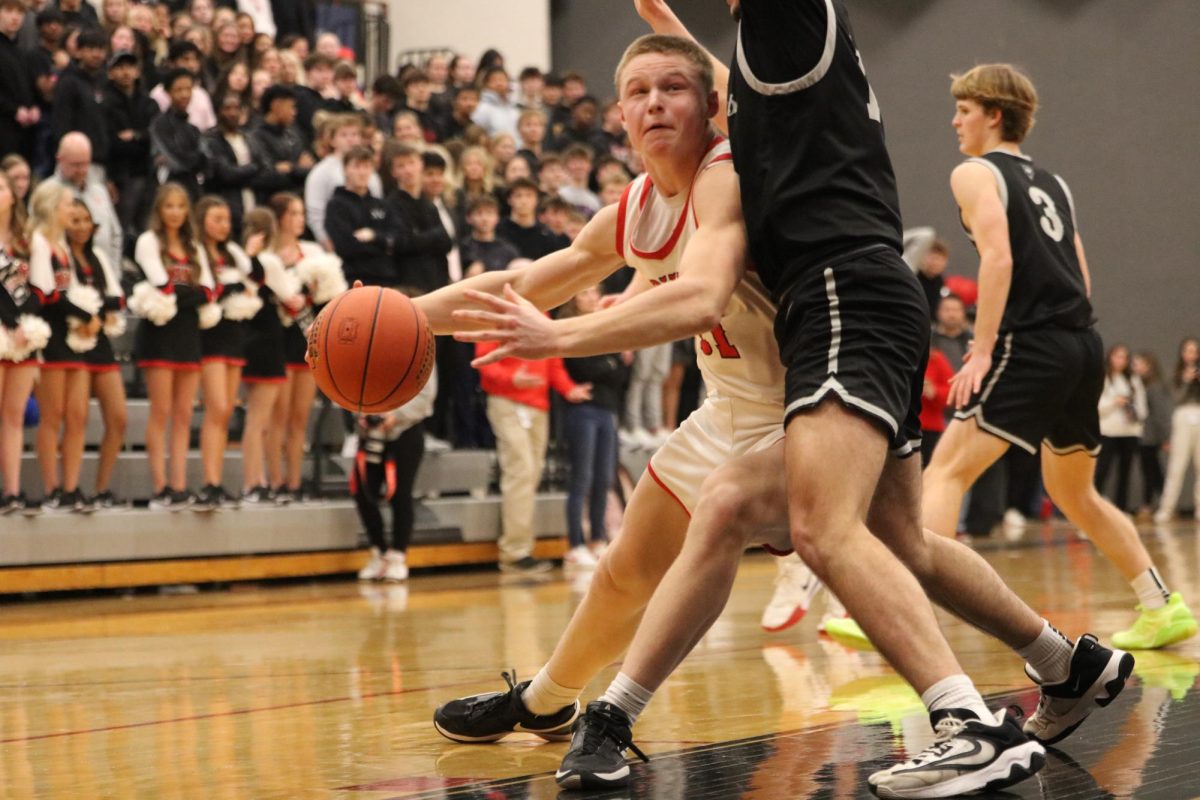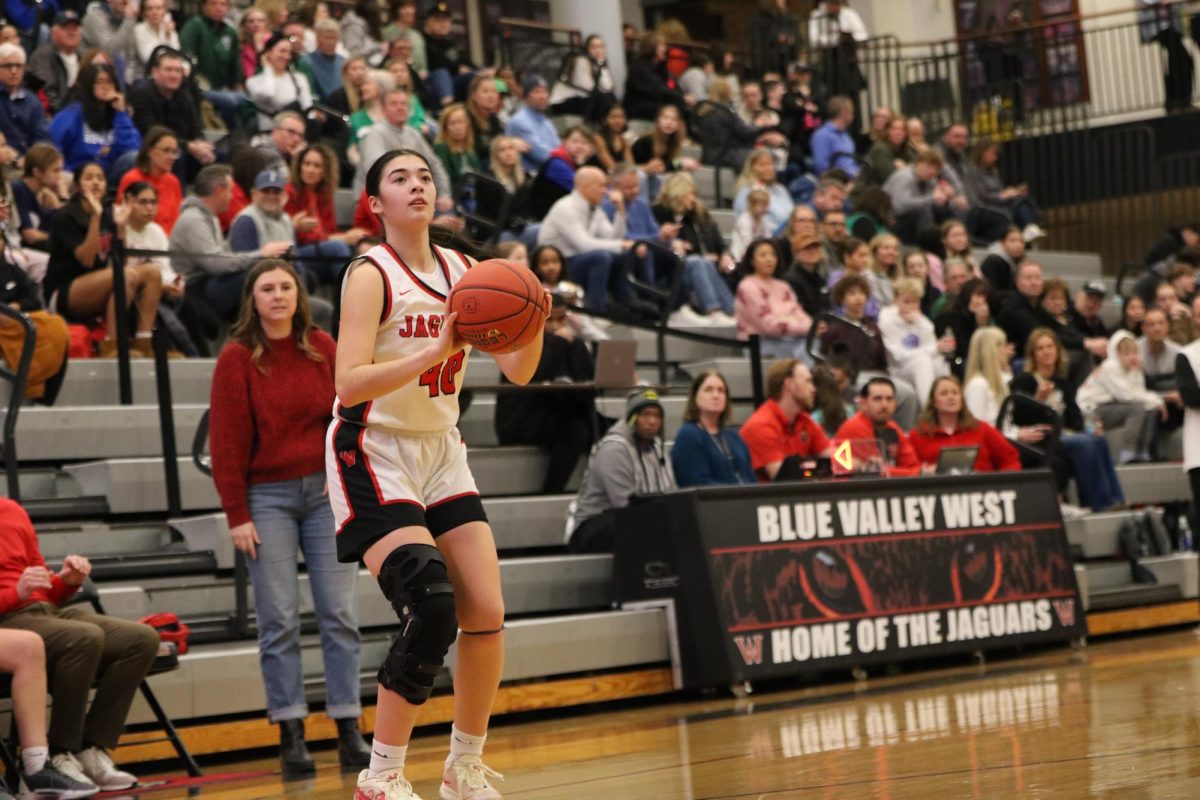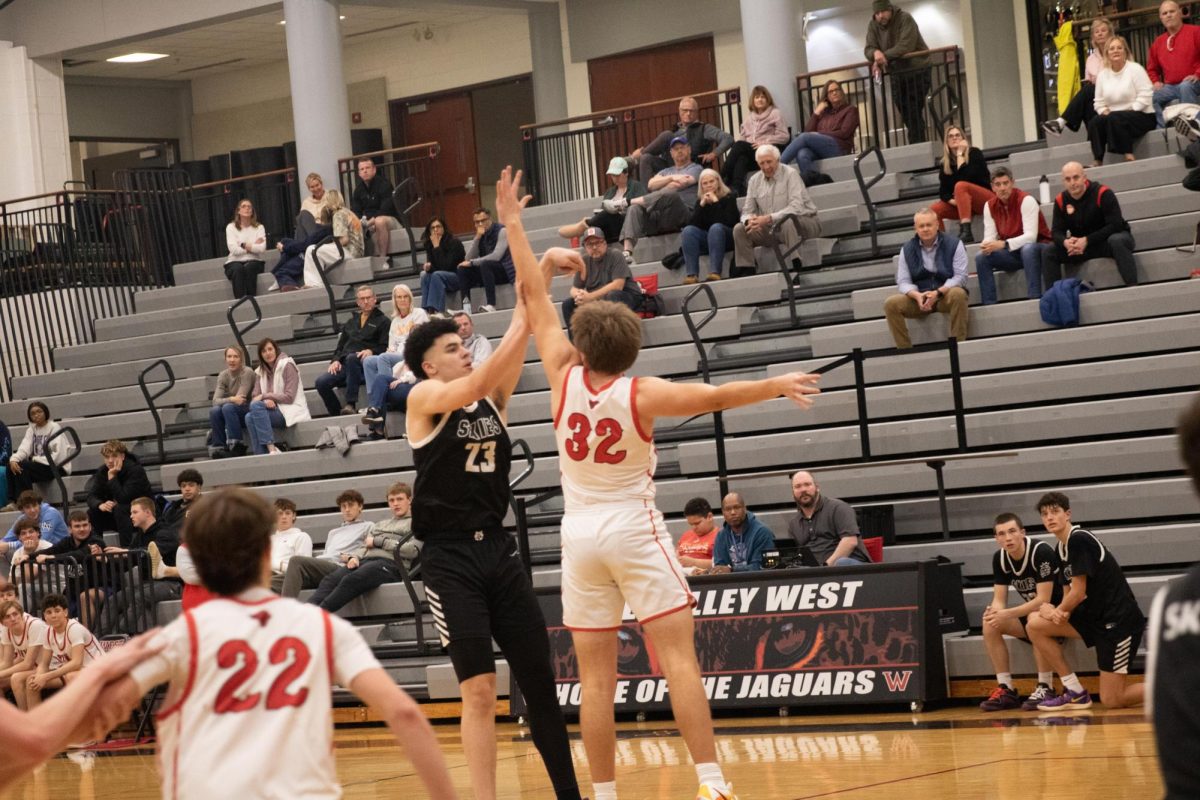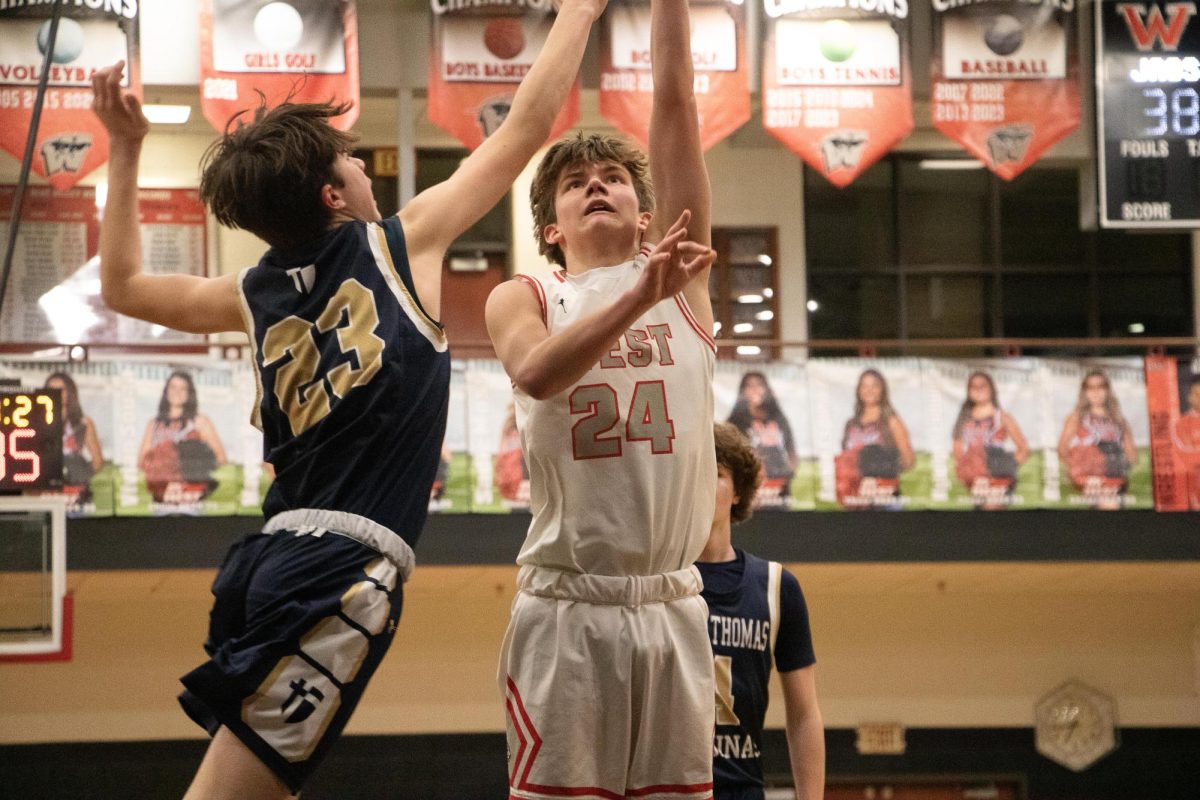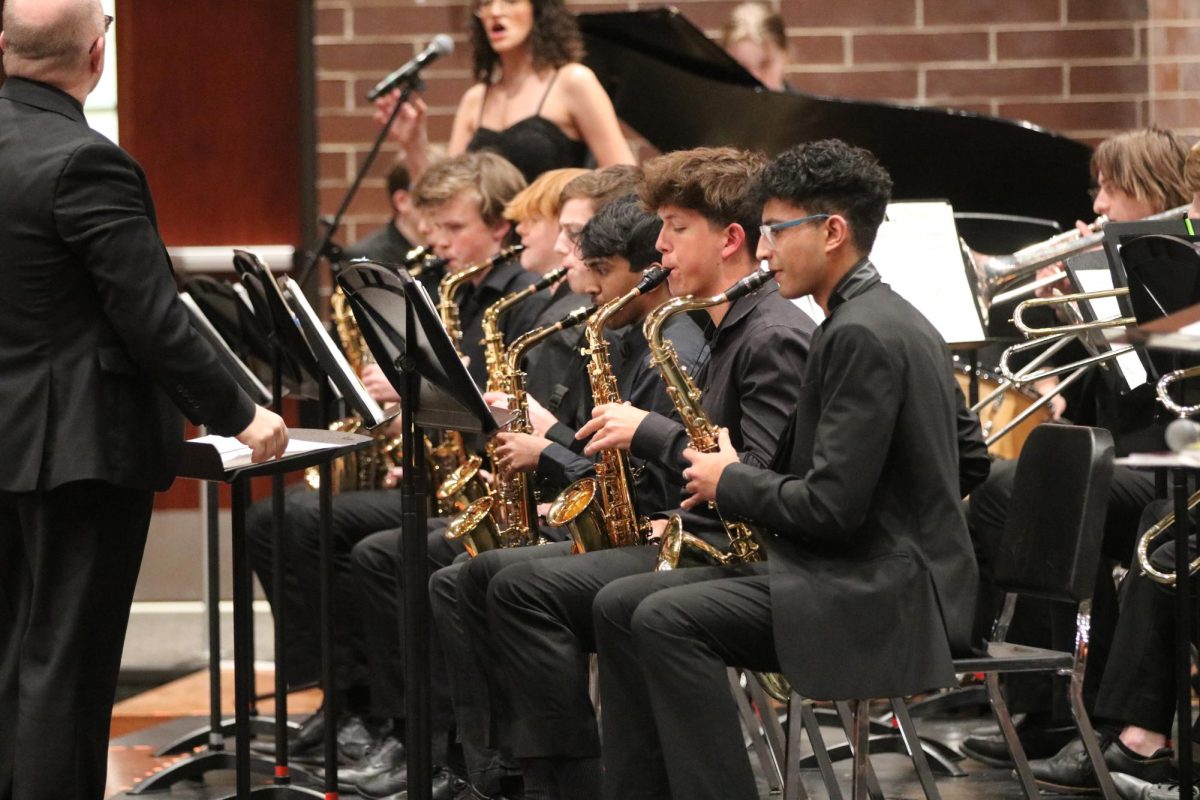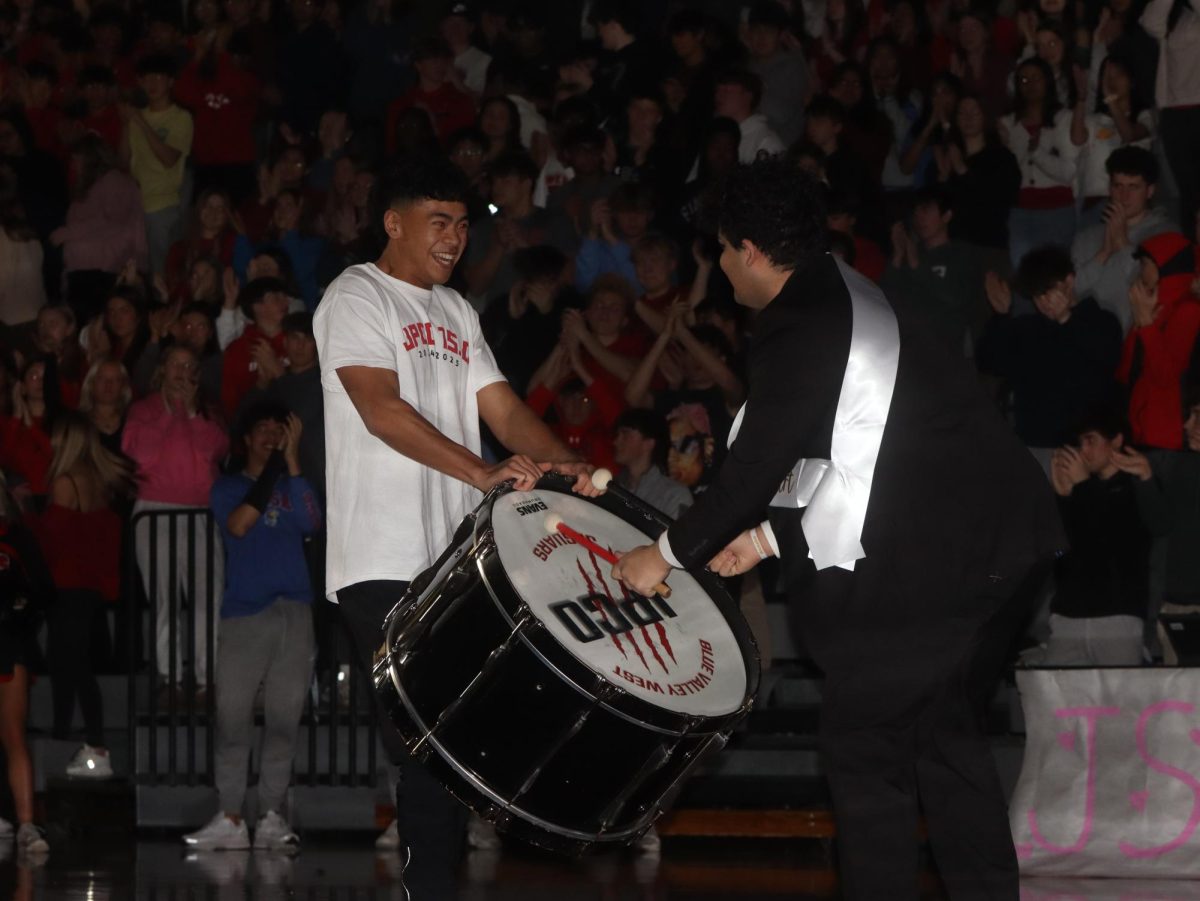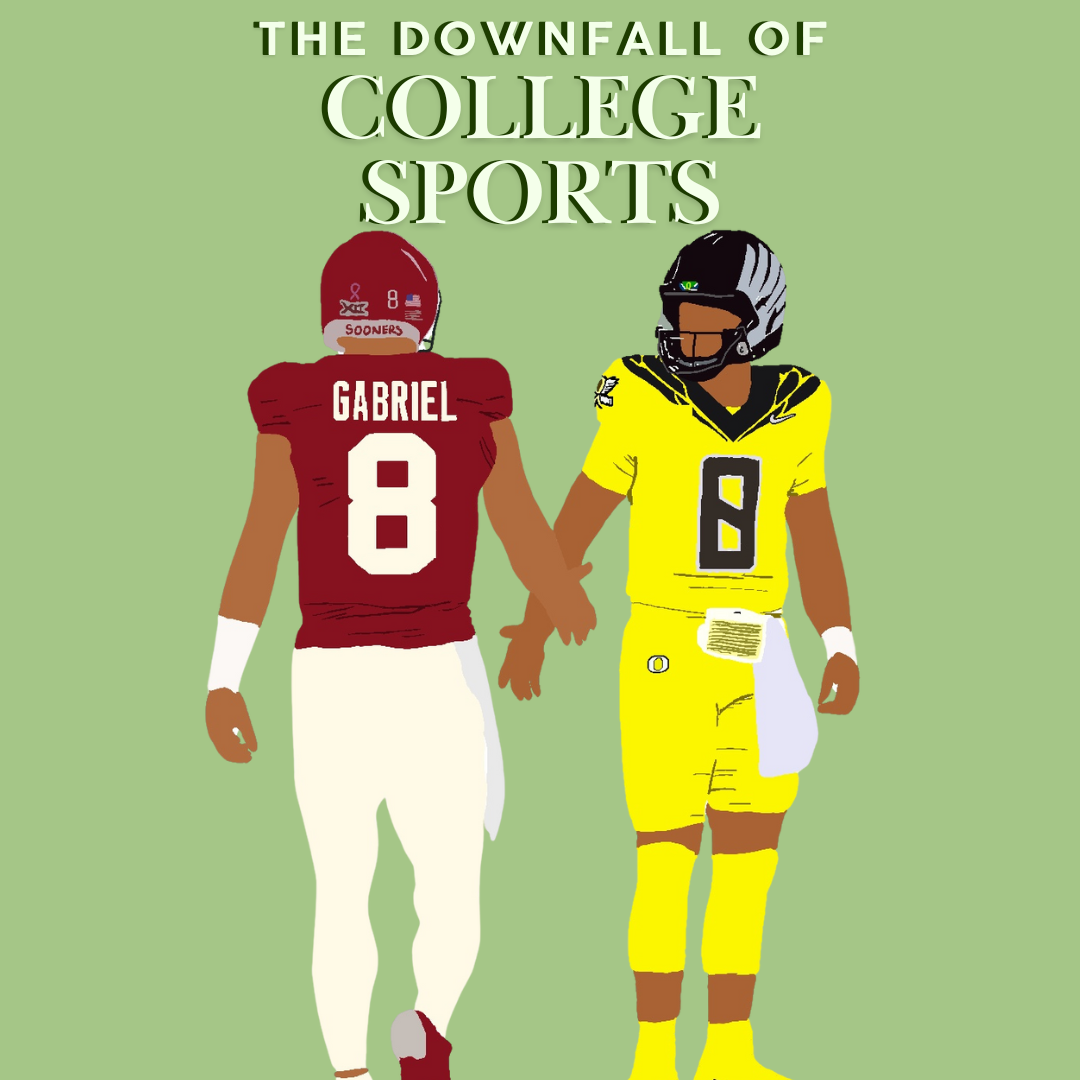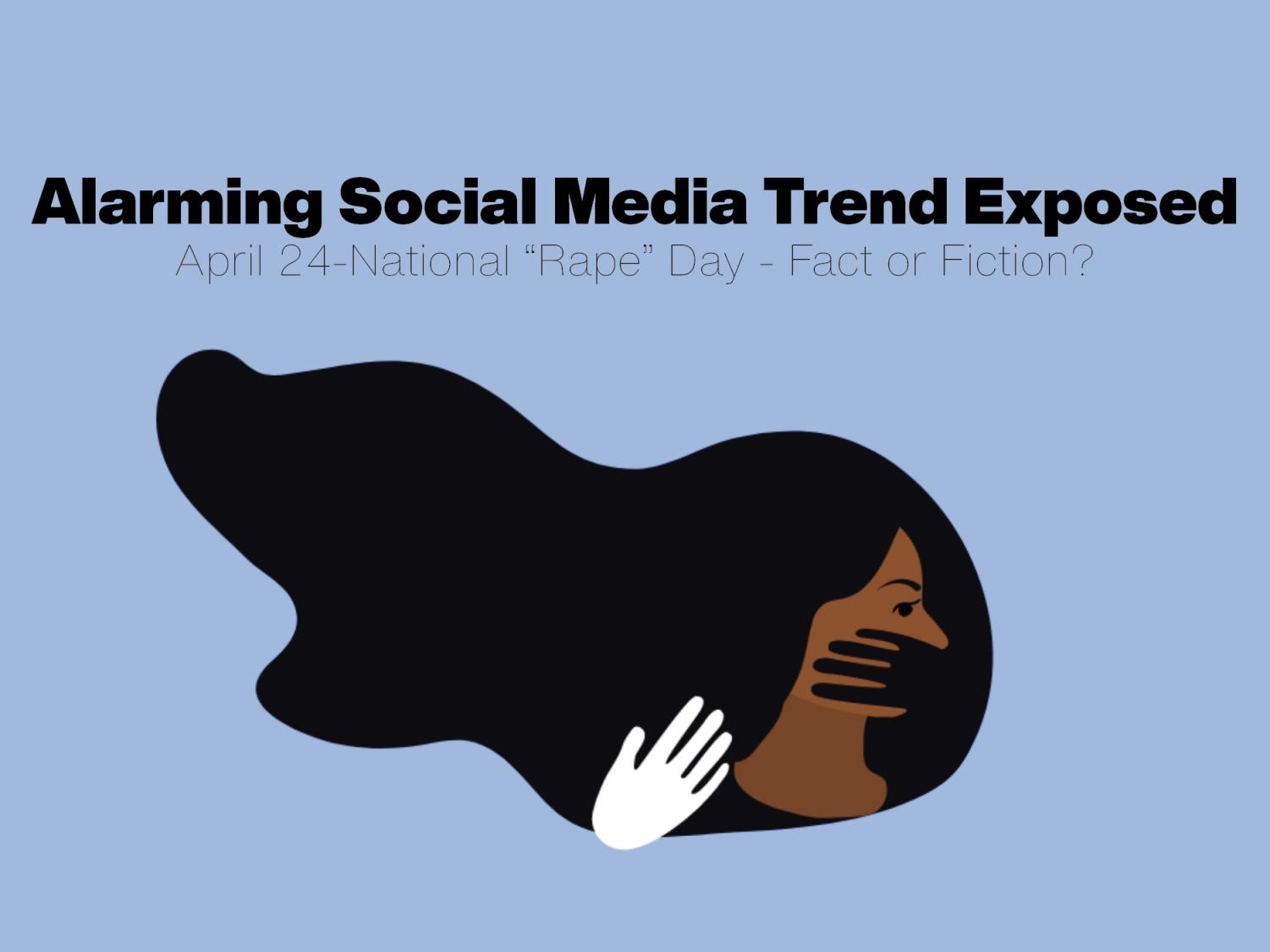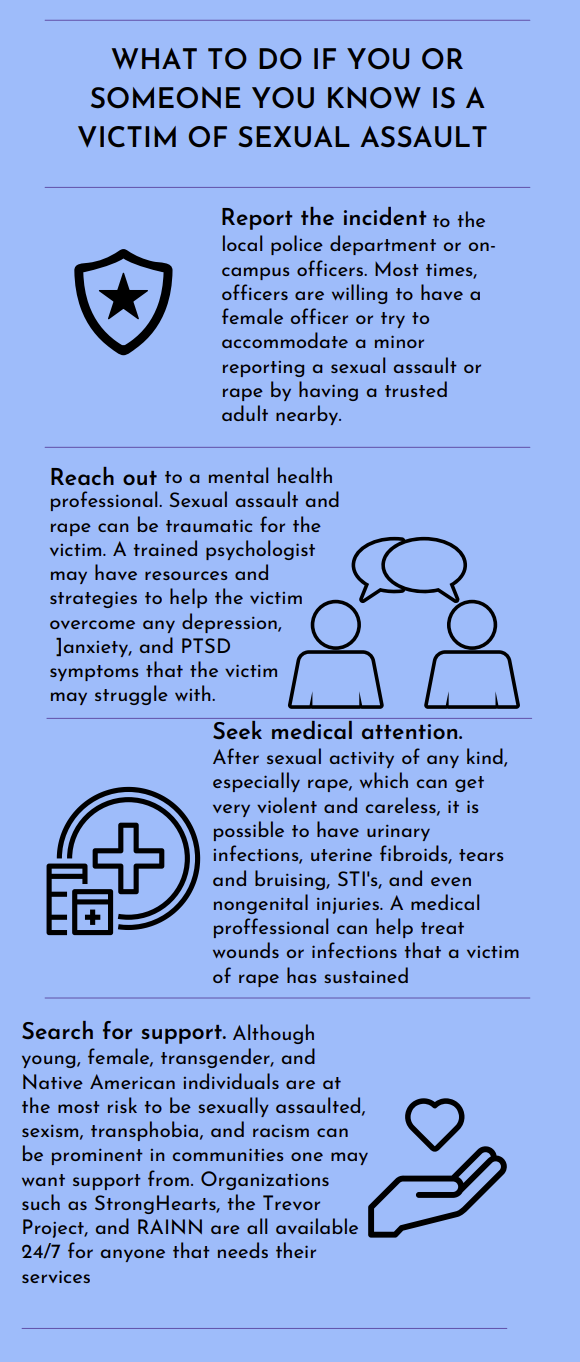Alarming Social Media Trend Exposed
April 24-National “Rape” Day-Fact or Fiction?
April 23, 2023
This article contains strong content, not appropriate for all readers.
A “joke” trended on TikTok in April 2021. The social media trend forwarded the idea of naming a “National Rape Day,” suggesting mass sexual assault, harassment, and rape. Multiple posts across the platform warned women to stay extra safe on April 24. Although the original video suggesting the “holiday” cannot be found, and may have never existed, there were innumerable posters humoring the idea. The fake holiday came back in April of 2022 and is resurfacing as the calendar approaches the April 24.
Sexual assault (as defined by the Bureau of Justice Statistics NCVS) encompasses a wide range of victimizations, separate from rape or attempted rape. These crimes include attacks or attempted attacks involving unwanted sexual contact between a victim and offender. Sexual assault may or may not involve force and includes grabbing or fondling.
Rape (also as defined by the BJS NCVS) is the unlawful penetration of a person against the will of the victim, with use or threatened use of force, or attempting such an act. Rape includes psychological coercion and physical force, and forced sexual intercourse means vaginal, anal, or oral penetration by the offender. Rape also includes incidents where penetration is from a foreign object, victimizations against male and female victims, and both heterosexual and homosexual rape. Attempted rape includes verbal threats of rape.
The definitions of the crimes TikTok users are posting about committing en masse on April 24 are troubling to law enforcement. Whether these are empty threats, jokes, or serious threats, police officers are mandated investigate.
“We have to take everything seriously, kind of, look into what’s going on just because a lot of people might joke about something that’s actually truthful,” SRO Officer Chad Young said.
The potential harm caused by rape and sexual assault makes the discussion of the committing these crimes distasteful to victims.
“It’s just kind of difficult to hear. People say ‘Hey, you know that really horrible thing that happened to you?,” said an anonymous freshman. “Ha, that’s funny. Let’s go do that because it’s funny” but it’s not funny. And it can ruin people’s lives.”
Going out on April 24 could be dangerous, and the anonymous source stresses the importance of staying safe.
“If you are a person who is assigned female at birth, even though this is probably just a joke to most people, unfortunately, there are people who will take it seriously,” the source said. “So stay safe, and probably try to stay inside. Unfortunately, I think that’s the best thing you can do that day.”
Although people are being warned to stay inside and not leave their houses on the 24th, being home alone can also be dangerous. According to Officer Young, 55% of sexual assault happens near or around the victim’s house, and usually, the predator is someone that the victim already knows. Female, Native American, and/or transgender individuals are at a higher risk than the general population to be sexually assaulted, but are also the ones to suffer the most discrimination. The police officer stresses the importance of reaching out for help as soon as possible.
“The biggest tip that I try to give everyone is to make a report as soon as possible,” Young said.“I know that always isn’t the case, there’s some that even wait years, but the sooner that it gets reported, the more evidence we can collect to build a case against the suspect.”
According to the Rape, Abuse, and Incest National Network, 690 out of every 1,000 sexual crimes are not reported. People may chose not to report a sexual assault or rape incident for a variety of reasons.
Many victims are scared of retaliation or believe that it is a personal issue. Some chose not to report the incident because they didn’t think it was important enough or didn’t want to get the offender in trouble. 17% of victims that didn’t report sexual assault or rape refrained from doing so because they believed that the police can’t or won’t do anything to help. Both SRO officers confirmed that they have dealt with sexual assault concerning students, and encourage anyone that knows something to say something.
“They can come to us directly, sometimes people don’t feel comfortable so they can go to any trusted adult in the building, because the school employees are all mandated reporters,” Officer Cara Stark said.
The officer added that she hopes some good can come out of this in terms of awareness and reporting the crime.
“I think maybe with it being talked about more, and more people coming forward and knowing they’re not alone, that maybe we’ll more so that we can get some more suspects or offenders of sexual assault behind bars,” Stark said.
Facts from RAINN:
- Every 68 seconds, an American is sexually assaulted, every 9 minutes, the victim is a child
- Ages 12-34 are the highest risk years for rape and sexual assault and the majority of sexual assault victims are under 30 years old
- 9/10 victims of rape are female
- 55% of sexual assault happens at or near the victims house
- 8/10 times, the rapist knows the victim
- Verbal threats of rape are included in the definition of attempted rape (given by RAINN)
- Females ages 16-19 are 4 times more likely than the general population to be victims of rape, attempted rape, or sexual assault.
- Only 310 out of every 1,000 sexual assaults are reported to police. That means more than 2 out of 3 go unreported






